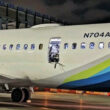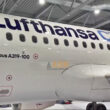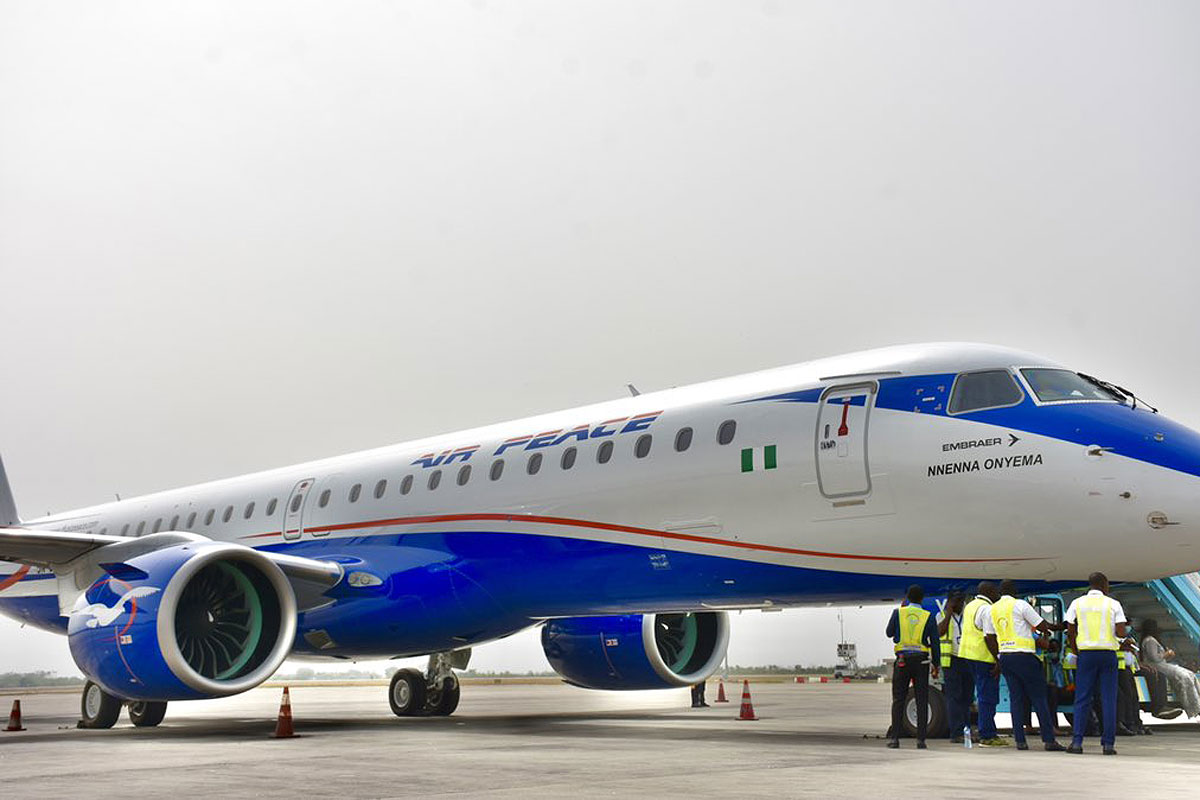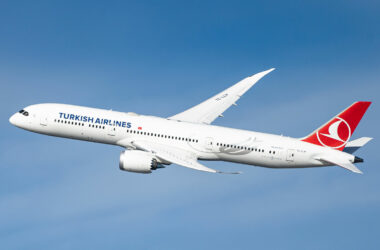The Federal Aviation Administration (FAA), the US civil aviation authority, ordered on Saturday that 171 Boeing 737 MAX 9 jets be temporarily grounded for inspections.
The order comes a day after an Alaska Airlines aircraft lost a part replacing an emergency exit during flight AS 1282, between Portland and Ontario.
The jet, registration N704AL, managed to land back in Portland without the 177 occupants suffering any injuries, despite the huge hole in the fuselage.
According to the FAA, “The Emergency Airworthiness Directive (EAD) that will be issued shortly will require operators to inspect aircraft before further flights that do not meet the inspection cycles specified in the EAD.”

The inspection is expected to take four to eight hours, according to the agency. “Safety will continue to drive our decision-making as we assist the NTSB’s investigation into Alaska Airlines Flight 1282,” the FAA added.
Boeing designed the 737 MAX 9 with an extra door just after the wing, but this is only necessary on multi-seat aircraft like Lion Air, which is configured to carry up to 221 passengers.
On carriers like Alaska and United, the door is replaced by a lid with a window fitted into the same space as the exit. Check out below the image comparing the two types of 737-9.
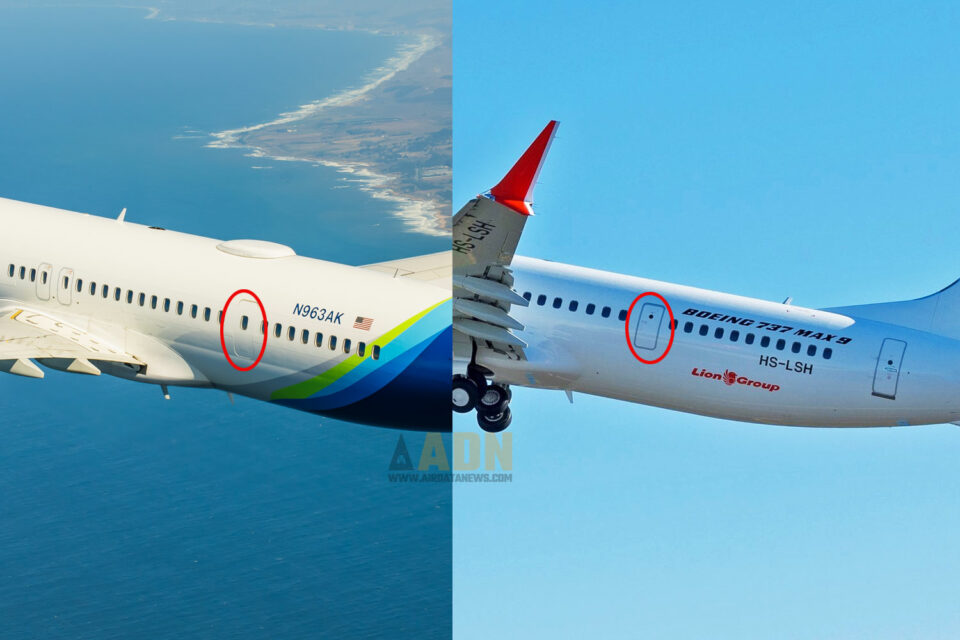
Plane just three months old
The 737 MAX 9 involved in the incident first flew on October 15 last year and was delivered to Alaska Airlines two weeks later. The aircraft had been in service for just over two months, therefore.
Alaska Airlines is the second largest operator of its type in the world, only behind United Airlines, which has 79 737-9s, but said this Saturday it had inspected 33 of them.
Follow Air Data News: Google News | Instagram | LinkedIn | Twitter | Facebook
The global fleet of the jet, which offers slightly more capacity than the 737 MAX 8, is 214 planes, according to Boeing.
In addition to United and Alaska, Aeroméxico (19) and Copa Airlines (29) also have significant 737 MAX 9 fleets.


